As pet parents, we want only the best for our feline friends. However, many cat owners don’t realize that, much like humans, cats can also suffer from problems with their blood pressure. The normal blood pressure range for your feline should be between 120 to 140 mmHg. If your cat is above that, it is possible that they are suffering from hypertension and need to be taken to the vet right away for diagnosis and treatment.
It’s also possible for your feline’s blood pressure to dip below normal, which is also a problem. We’ll discuss a cat’s blood pressure, what problems it can present, and more in the guide below.
Signs of Hypertension (High Blood Pressure in Cats)
Cats that are above 7 – 10 years of age are at higher risk of developing hypertension or high blood pressure. Even so, cats of any age are susceptible to hypertension.
- Changes in behavior
- Weakness
- Disorientation
- Blindness
- Heart murmurs
- Lack of balance
- Seizures
If you notice any of these signs, or if you even suspect your cat might have high blood pressure, it’s best to talk to your vet right away and schedule an appointment.
If you need to speak with a vet but can't get to one, head over to PangoVet. It's an online service where you can talk to a vet online and get the advice you need for your pet — all at an affordable price!

Causes of Hypertension in Felines
In most instances, feline hypertension is caused by another illness that your cat might be suffering from so-called secondary hypertension. Secondary hypertension accounts for almost 80% of all high blood pressure issues in felines. Primary hypertension without any underlying disease occurs less commonly in cats than in humans. Secondary hypertension in felines can be caused by renal disease, obesity, hyperthyroidism, and other hormonal problems.
The causes of secondary hypertension in felines can be caused by diabetes, renal disease, obesity, hyperthyroidism, and hormonal problems. Though diabetes can cause high blood pressure in your furry friend, it’s pretty rare for that to happen.
Can High Blood Pressure in Cats Be Treated Effectively?
Yes, if it’s caught in time, high blood pressure in cats can be treated effectively. With secondary high blood pressure, treating the illness that’s causing the problem will be essential, but it may not lower the blood pressure back into the normal range on its own 1.
In most cases, a vet will put a cat on medication to keep their blood pressure in the normal range. You’ll want to talk to your vet about the best medicine and diet options to suit your cat’s needs. Your vet will monitor your cat’s blood pressure on a regular basis to make sure it is not too high or too low with the current treatment plan.

Signs of Hypotension (Low Blood Pressure) in Cats
Your feline can develop hypotension or low blood pressure also. Some of the signs of the conditions below are similar to those with hypertension.
- Confusion
- Lethargy
- White or pale gums
- Cold extremities
- Increased heart rate
- Weakness
- Fainting
- Collapsing
Causes of Hypotension in Felines
Your cat can end up with hypotension by suffering an injury that ends up with the cat losing a significant amount of blood. The feline’s blood pressure will start dropping because less blood is circulating in the feline’s system. There are other situations that can lead to hypotension, such as complications from anesthesia or medications.
There are also a few health issues that can lead to low blood pressure in felines as well.
- Heart issues
- Severe infections
- Anaphylactic shock
- Severe dehydration
The most common result of untreated hypotension is that the organs do not get the oxygen and nutrients they need. This can cause the cat’s organs to become damaged, stop working properly, and eventually shut down entirely.

Can Low Blood Pressure in Cats Be Treated Effectively?
Hypotension is a life-threatening situation. It can be treated effectively if the cat receives prompt treatment from your veterinarian. Determining the underlying cause of the low blood pressure makes treating that condition easy and getting your cat back on top where it belongs.
Can You Help Lower Your Cat’s Blood Pressure at Home?
You can help with lowering your cat’s blood pressure at home. However, you’ll first want to take the cat to your vet for diagnosis and treatment. Carefully follow your vet’s advice in terms of medication and changes to your pet’s lifestyle. Once you start with hypertension treatment, it is essential to keep a very close eye on your cat and speak to your vet immediately if you notice any changes to their demeanor, appetite, or thirst.
Measuring blood pressure in cats is done in much the same way as in humans; it is an easy and pain-free test. Your vet will schedule frequent blood pressure monitoring and will check the so-called target organs (eyes, brain, heart, and kidney) to make sure your cat’s blood pressure is well controlled and is not affecting the function of the above organs.

Final Thoughts
The normal blood pressure for a cat falls between the 120 to 130 range, and that’s where you want your cat’s blood pressure to stay. If you see any of the signs of either of these issues, make an appointment with your vet right away.
You can help regulate your cat’s blood pressure at home by following your vet’s guidance. Keep a close eye on your cat and work as a team with your veterinarian to help your kitty have the best possible outcome.
Featured Image Credit: Ekaterina_str, Shutterstock
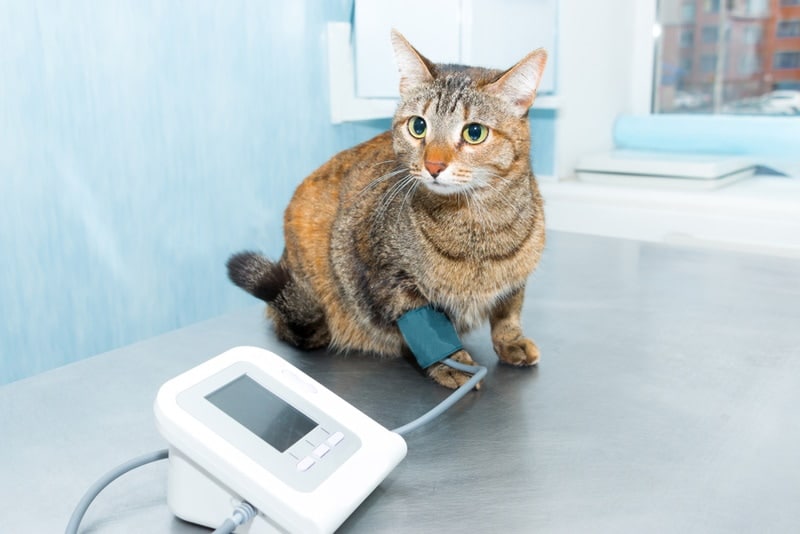


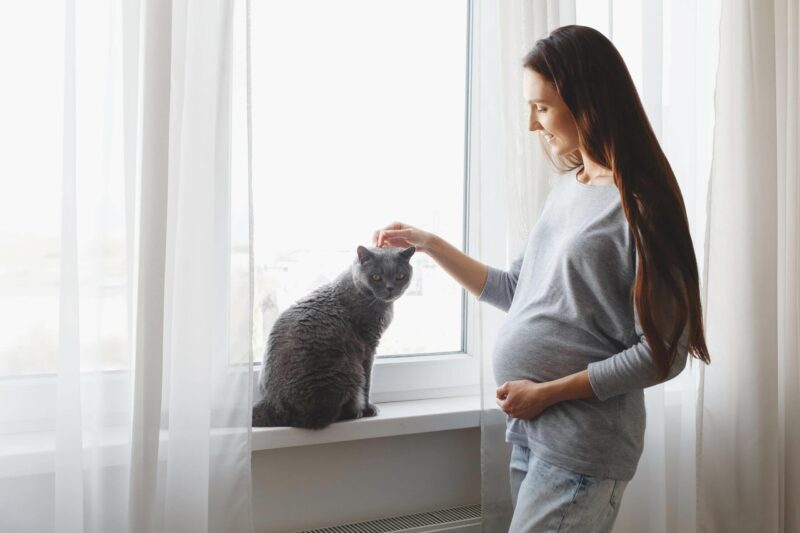
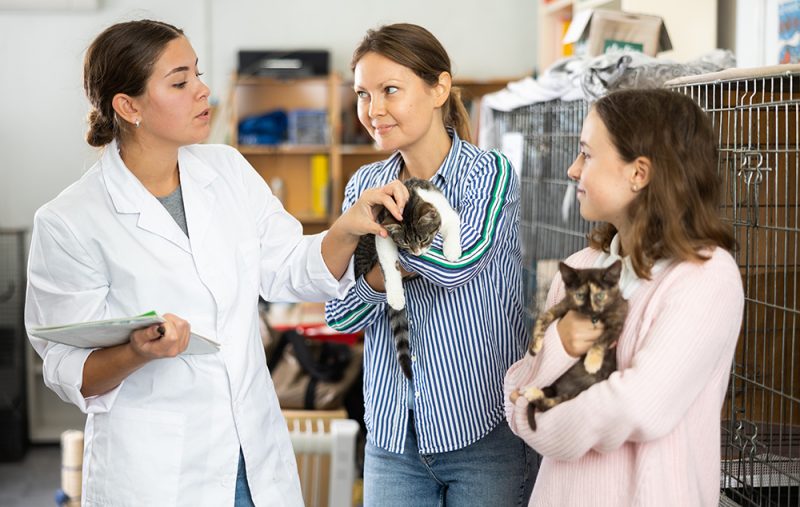



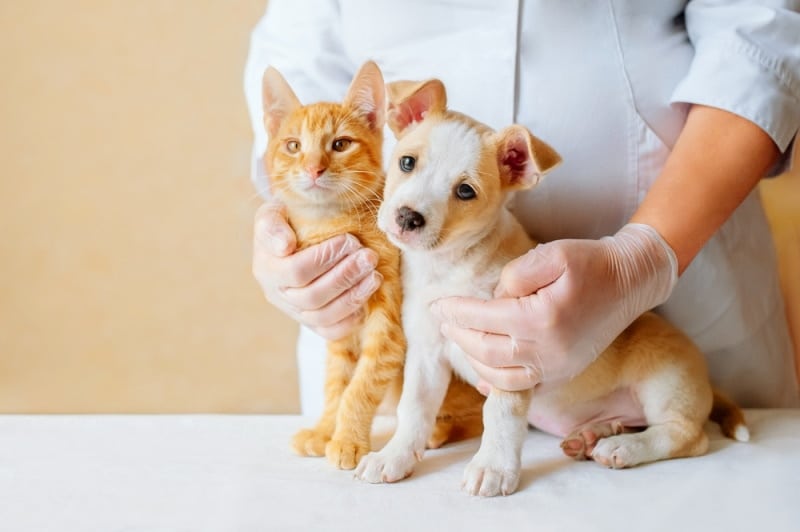
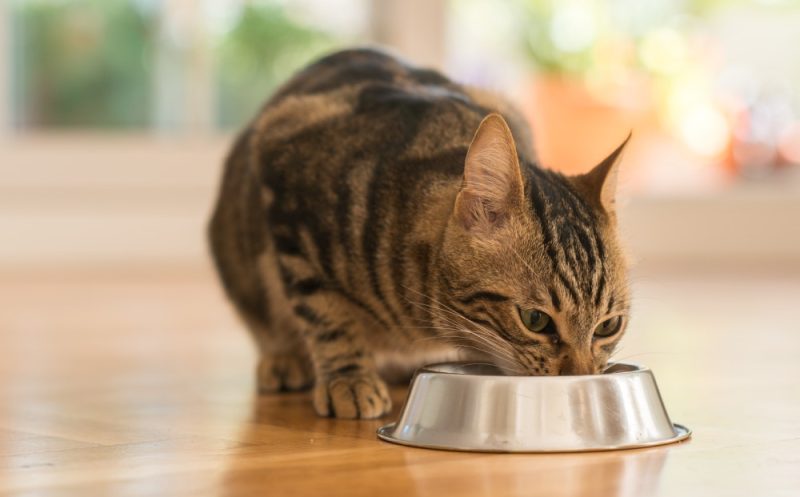

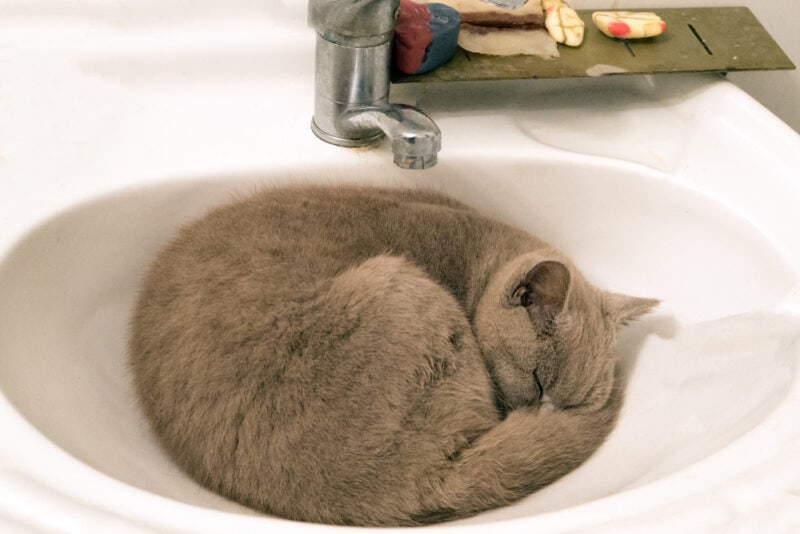



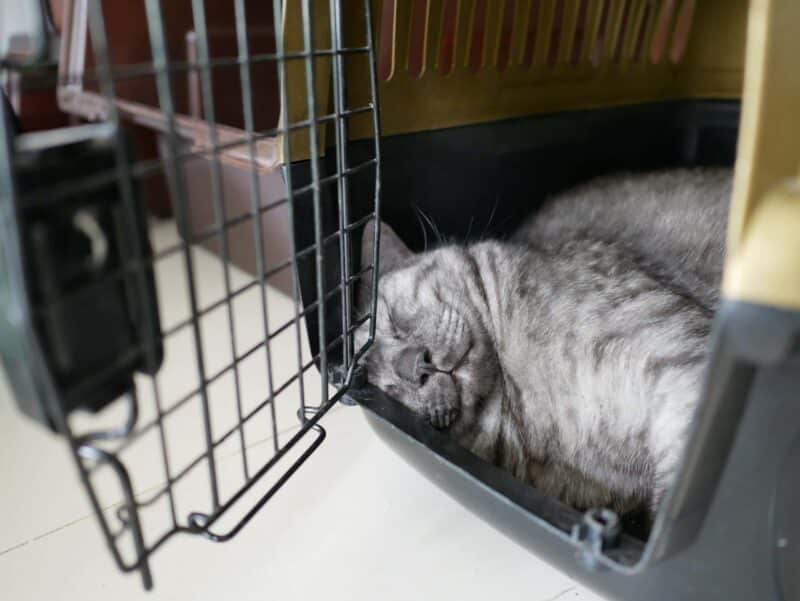
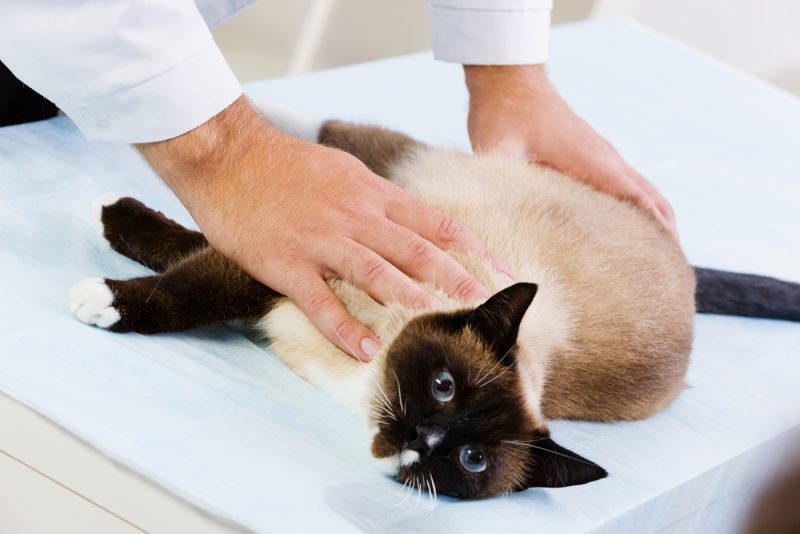
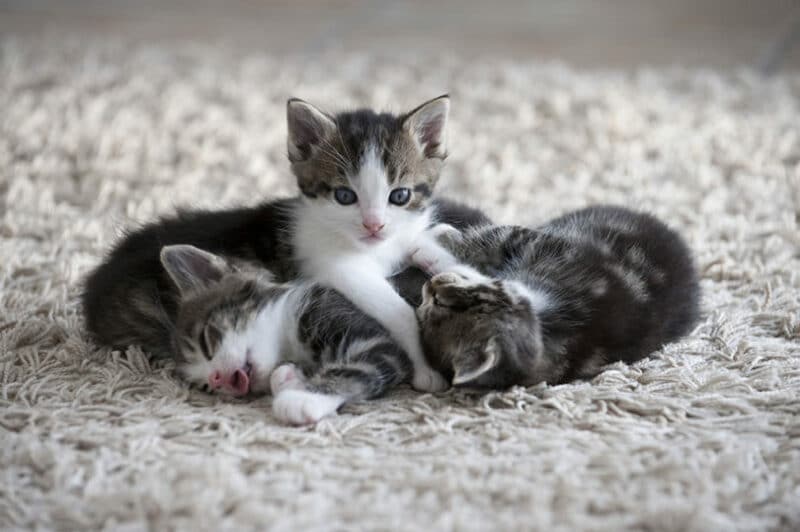
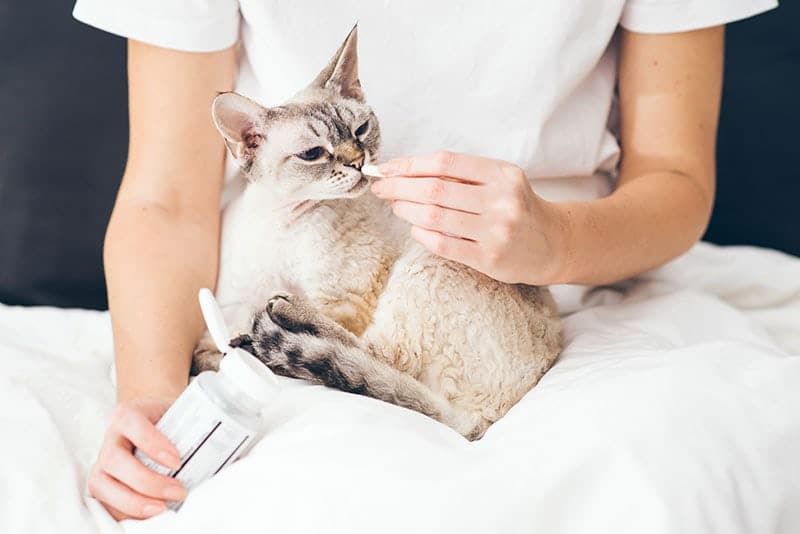

2 Responses
My oldest cat was just tested for blood pressure. It was 113/37. What do you think of this.
Hi Cyn
Thank you for your question. A blood pressure reading can vary depending on the individual cat and the specific circumstances. It’s important to discuss these results with a veterinarian who can provide you with a thorough evaluation and any necessary next steps.
If you’re still concerned or would like more personalized advice, you might consider scheduling a consultation with one of our veterinarians at pangovet.com they can offer expert guidance and help address any worries you might have.
Please let us know if there’s anything else we can assist you with.
Kind regards